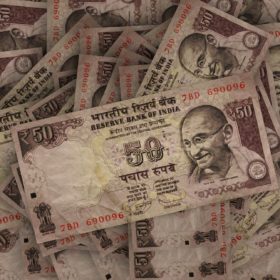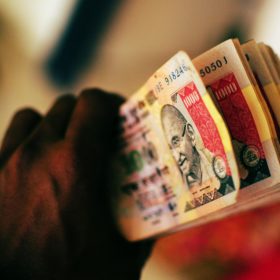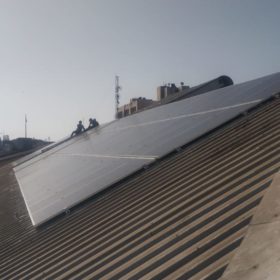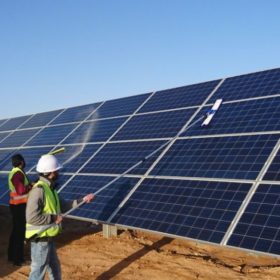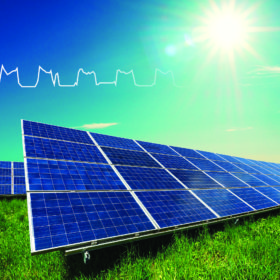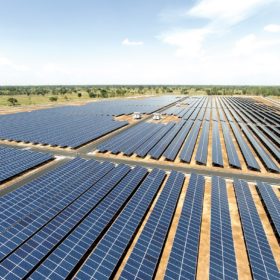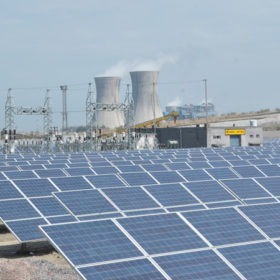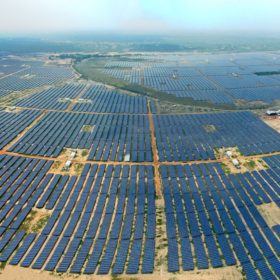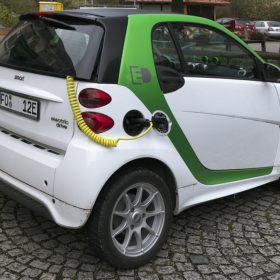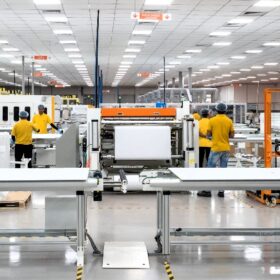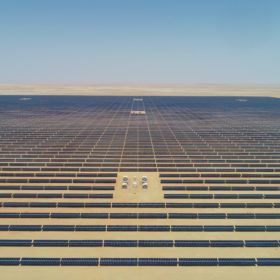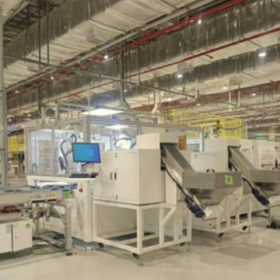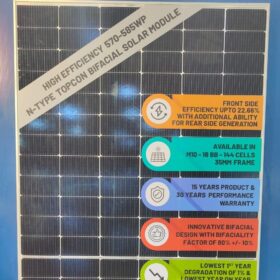Covid-19 impact: Acme Solar wants to abandon record-low solar price tariff
The developer wants to cancel the power purchase agreement it signed in 2018 for a 600 MW project awarded at a tariff of Rs2.44/kWh, as it fears Covid-19-affected commissioning of the project will stretch beyond the six-month extension from the scheduled date enshrined in the agreement.
Solar EPC firm SunEdison raises US$2.5 million from US investor
Fenice Investment Group will subscribe to compulsorily convertible preference shares (CCPS) of SILRES Energy Solutions at Rs 10 per CCPS. The investment is expected to complete by May 25.
Magenta Power bags rooftop solar project for Hindustan Aeronautics Limited
The electricity generated from the ‘Capex’ mode solar project shall be used to support the HAL office infrastructure. Commissioning period is three months.
Water scarcity and the growing need for smarter solutions in solar projects
The inefficiency and irregularity of cleaning the solar panels manually, and the associated use of water defeat the purpose of shifting to renewable energies.
Torrent Power sees opportunity of renewables-plus-gas based flexible generation
The integrated power producer, which has 138 MW of operational solar capacity and 2730 MW of state-of-the-art gas based power plants, sees opportunity of flexible generation to sell pooled round-the-clock power [renewable + gas] at competitive cost on a long-term basis.
Sterling and Wilson Solar bags Rs 2600-crore EPC order in Australia
In its largest order in Australia, the Indian multinational company has bagged Rs 2600-crore (AUD 525 million) EPC work along with Rs 415-crore (AUD 85 million) operations and maintenance job.
Most module makers willing to kickstart cell production—Loom Solar founder
As importing solar cells becomes costlier and time-consuming in the Covid-19 scenario, most of the module manufacturers in India are eyeing solar cell production—says Loom Solar co-founder and director Amol Anand in an interview with pv magazine.
Bidding extended for BOS package of 735 MW Nokh solar project in Rajasthan
June 11 is the new deadline to bid for supply of the balance-of-system (BOS), installation and commissioning of 735 (3×245 MW) Nokh Solar Park project in Jaisalmer district.
Huawei’s Smart PV Solution powers another Adani plant
The artificial intelligence powered inverter and PV management solution—which powers over 96% renewable capacity installed by Adani Green Energy—was also used for the 50 MW solar plant commissioned recently in Rajasthan.
India’s electric vehicle component market to grow 22% per year for a decade
The market will be driven by shared-mobility electric car deployment and will see annual growth of up to 61.7% for battery management systems.

